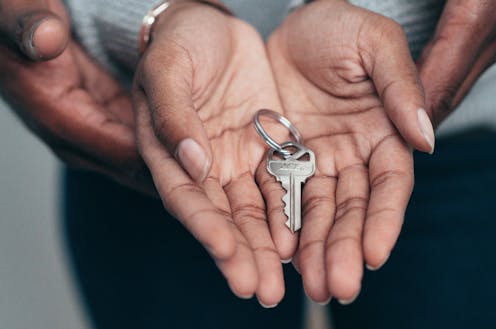Think private renting is hard? First Nations people can be excluded from the start
- Written by Wendy Stone, Professor of Housing & Social Policy, Centre for Urban Transitions, Swinburne University of Technology

Private rental housing provides homes, often long-term homes, for one in four Australian households. People can experience various forms of discrimination when seeking, living in or leaving a rental property, and for Aboriginal and Torres Strait Islander peoples it’s another one of many barriers they face. Our new research presents their views about what needs to change in Victoria’s private rental sector.





